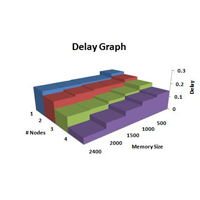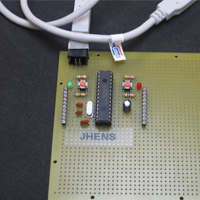




J. Jeyaratnam, J. F. Booth, C. M. Naud, Z. J. Luo and C. R. Homeyer: Geophysical Research Letters, 47, e2019GL086620
C. M. Naud, J. Jeyaratnam, J. F. Booth, M. Zhao and A. Gettelman: J. Climate, 33, 95–113
C. M. Naud, J.F. Booth, J. Jeyaratnam, L.J. Donner, C.J. Seman, M. Zhao, H. Guo and Y. Ming: J. Climate, 32, 6685-6701
J. F. Booth, C. M. Naud and J. Jeyaratnam: Geophysical Research Letters
L. Smith, K. Yang, L. H. Pitcher, B. T. Overstreet, V. W. Chu, Å. K. Rennermalm, J. C. Ryan, M. G. Cooper, C. J. Gleason, M. Tedesco, J. Jeyaratnam, et al.: Proceedings of the National Academy of Sciences 114, no. 50 (December 12, 2017): E10622–31.
M. Tedesco, and J. Jeyaratnam: Remote Sensing (MDPI), 8, 1037
M. Tedesco, T. Mote, J. Jeyaratnam, X. Fettweis, E. Hanna, J. F. Booth, R. Datta, and K. Briggs: Nature Communications, 7, 11723
M. Tedesco, S. Doherty, X. Fettweis, P. Alexander, J. Jeyaratnam, and J. Stroeve: The Cryosphere, 10, 477-496, doi:10.5194/tc-10-477-2016
M. Tedesco, J. Jeyaratnam, and R. Kelly: Dataset available online from the NASA LANCE AMSR2 at the GHRC DAAC, Huntsville, Alabama, U.S.A., doi: https://dx.doi.org/10.5067/AMSR2/A2_DySno_NRT
M. Tedesco, M. Sartori, M. and J. Jeyaratnam: IEEE International Geoscience and Remote Sensing Symposium (IGARSS), pp. 4037–4040
Z. J. Luo, J. Jeyaratnam, S. Iwasaki, H. Takahashi and R. Anderson: Geophys. Res. Letts., 41, doi:10.1002/2013GL058922